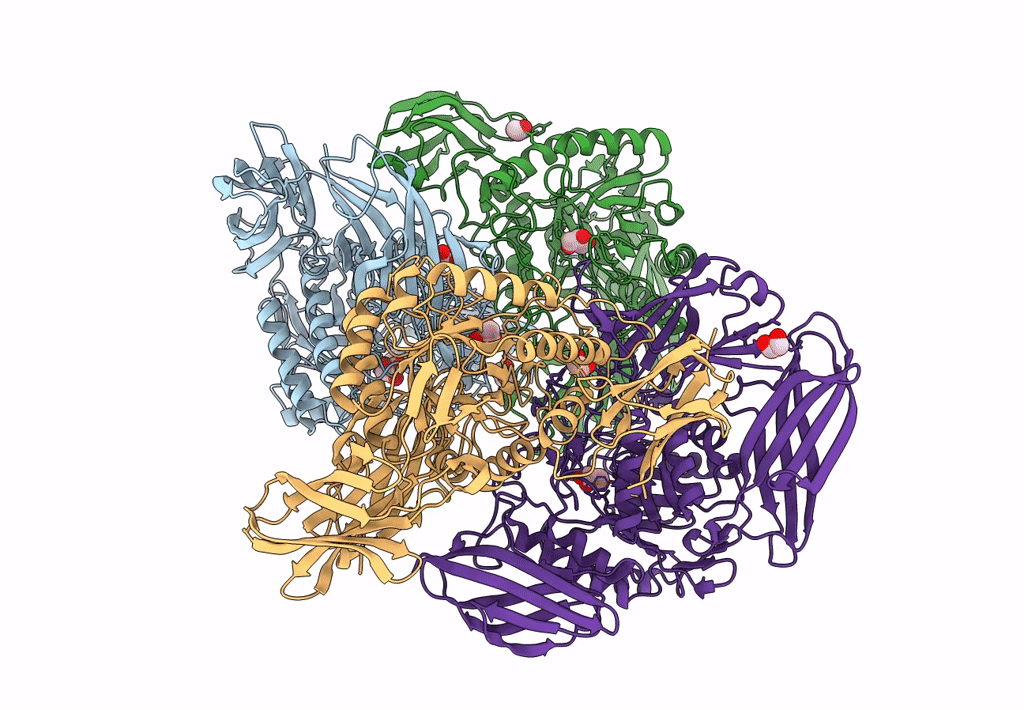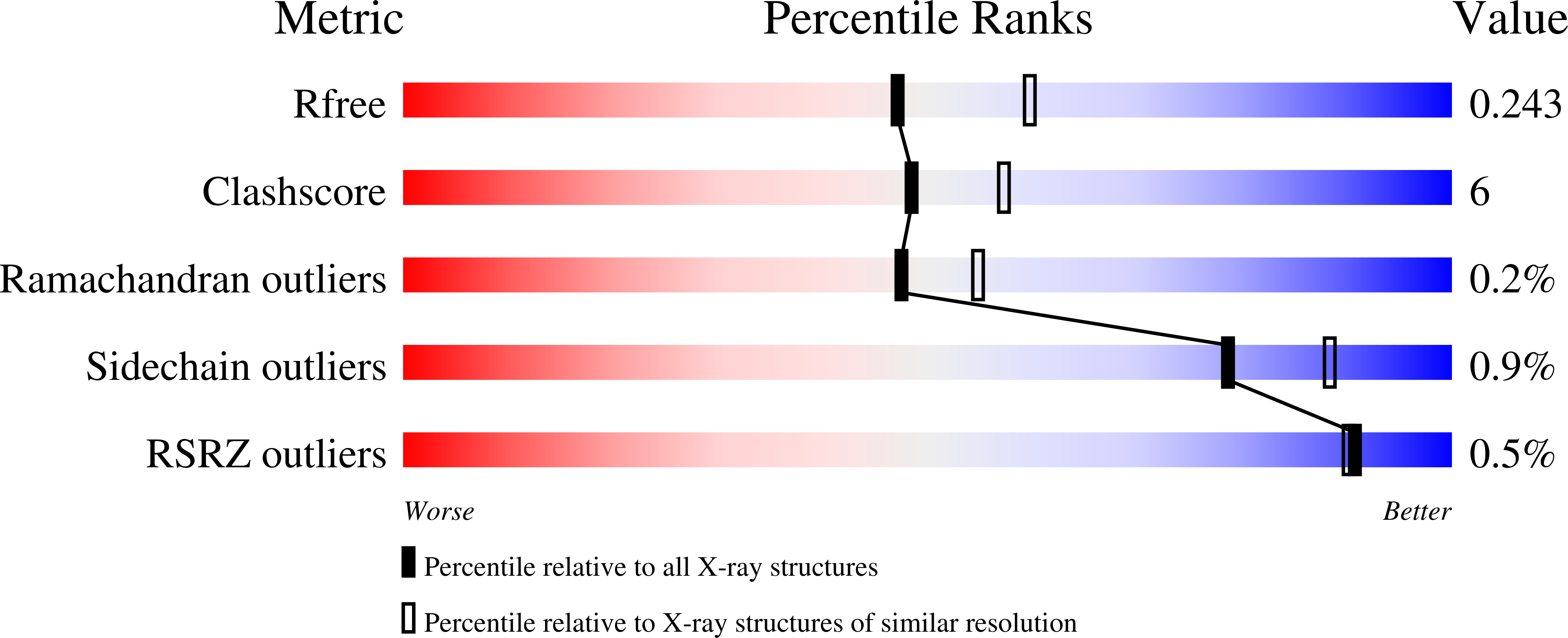
Deposition Date
2022-06-27
Release Date
2023-05-17
Last Version Date
2023-10-25
Entry Detail
Biological Source:
Source Organism:
Tannerella forsythia (Taxon ID: 28112)
Host Organism:
Method Details:
Experimental Method:
Resolution:
2.20 Å
R-Value Free:
0.24
R-Value Work:
0.20
R-Value Observed:
0.20
Space Group:
P 1 21 1


